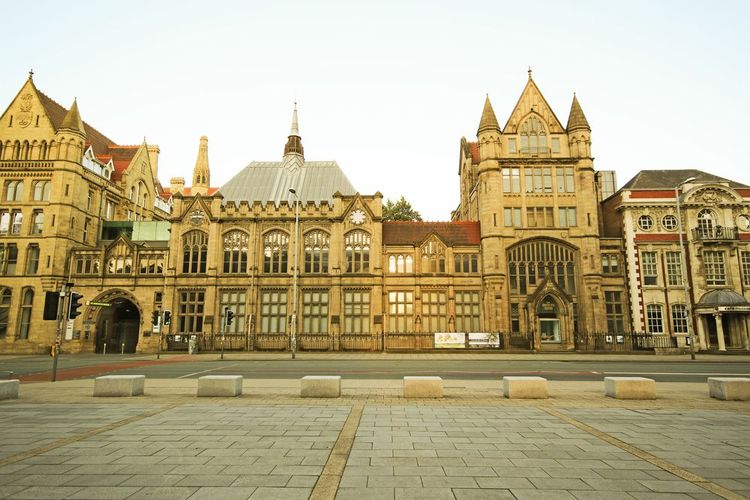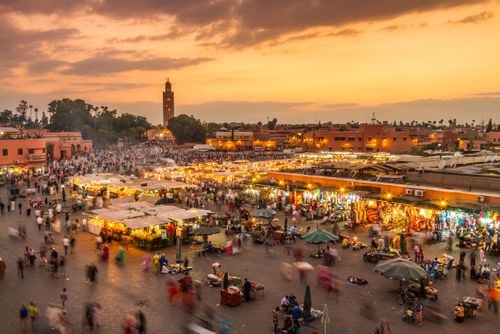The history of the Manchester Museum dates to 1821 with the formation of the Manchester Natural History Society, which assembled upon the death of local collector John Leigh Philips to purchase his entomological collection, or, as he called it, his ‘cabinet of insects’. A small display gallery was opened on Peter Street in 1835 and the collections steadily grew from there thanks to donations from members and patrons until the University of Manchester officially absorbed the collections in 1875. University authorities subsequently commissioned the present-day museum building to house the museum artefacts, which by then comprised an extensive spectrum of natural-history fields. The museum’s world-famous egyptology collections were donated in 1912 by Jesse Haworth, a local textile merchant and keen egyptologist, who also funded the construction of a new pavilion to house his objects, while an ethnographic wing was erected in 1927 as the overall collection continued to diversify, eventually swelling to its present size of over 4.5million objects and artefacts.
 Manchester
Manchester







